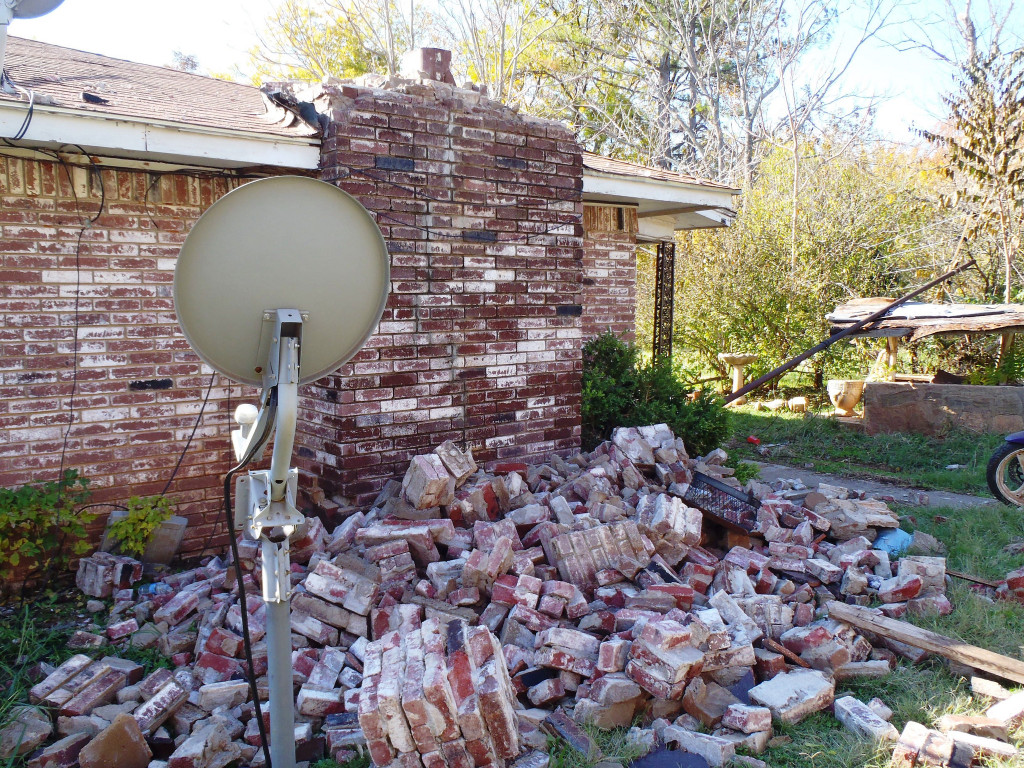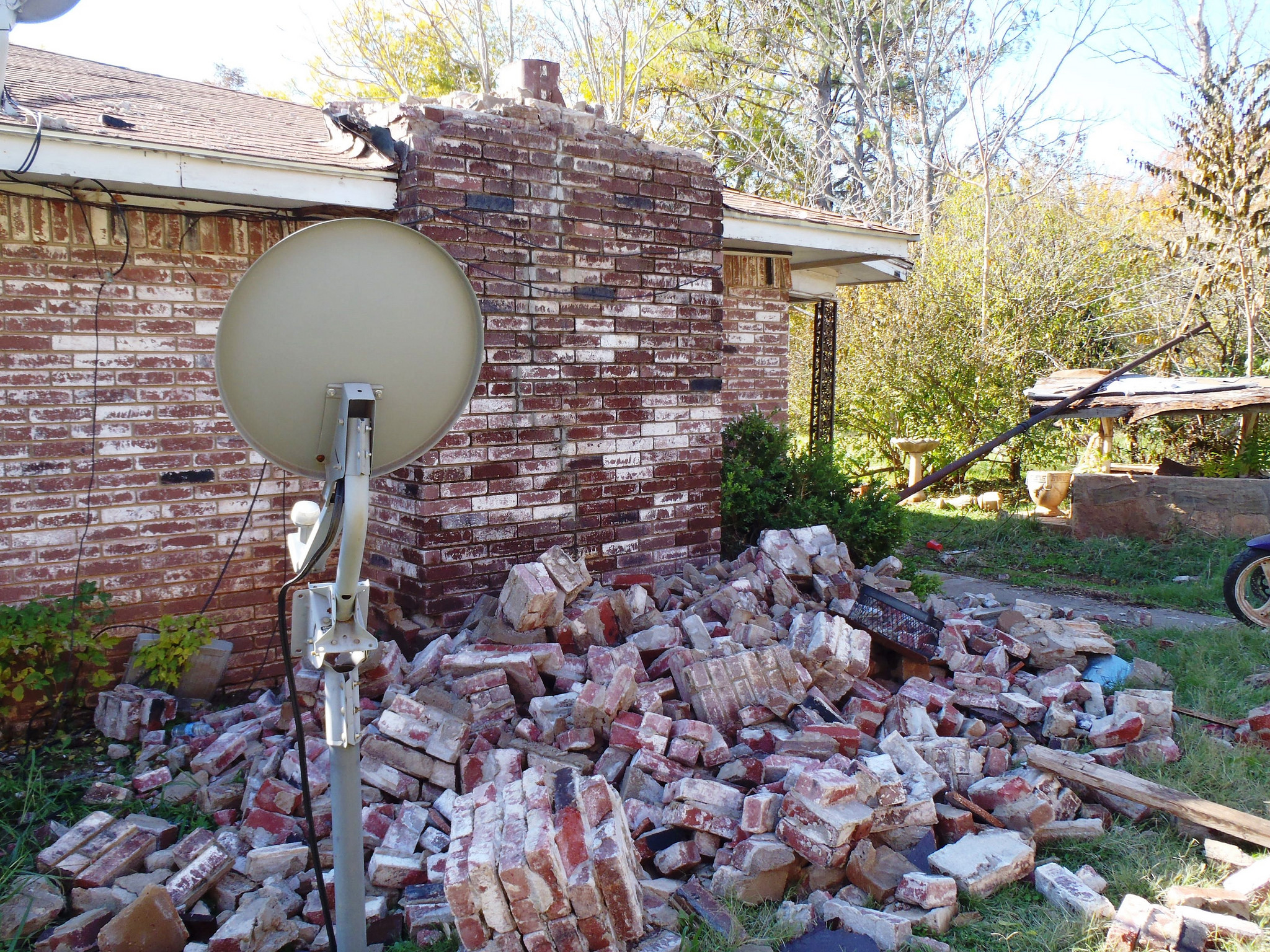
The number of earthquakes associated with oil industry injection wells has skyrocketed from a handful per year to more than 650 in 2014, according to a new study published in Science by the University of Colorado Boulder and the U.S. Geological Survey.
This increase included several damaging quakes in 2011 and 2012 with Richter magnitudes between 4.7 and 5.6 in Prague, Oklahoma; Trinidad, Colorado; Timpson, Texas: and Guy, Arkansas.
Most of these quakes are associated with “high-rate” injection wells, which pump more than 300,000 barrels of wastewater into the ground each month, either for the purpose of enhancing recovery of depleted oil reservoirs or for the disposal of salty fluids produced by oil and gas production activity.
The researchers studied 180,000 injection wells across a large portion of the country and more than 18,000 of them were found to be associated with earthquakes – primarily in Oklahoma and Texas. More than ¾ of these wells are still in active use.
These enhanced oil recovery wells are very different from fracking wells in that the injection process goes on for years or even decades whereas in fracking wells, fluid injection typically lasts for just hours or days.
The study found that injection wells in the central and eastern U.S. did not experience a ramp-up in seismic events. The most seismic activity was in Oklahoma, but there have also been concentrations of earthquakes in Colorado, West Texas, central Arkansas, and southern Illinois.
When it comes to using processes like high-volume fluid injection for oil recovery, people cannot control the geology of a region or the scale of seismic stress. It is important to exercise caution in these matters.
**********
Web Links
US mid-continent seismicity linked to high-rate injection wells
Photo, posted February 27, 2015, courtesy of the U.S. Geological Survey via Flickr.
XXXXXXXX
